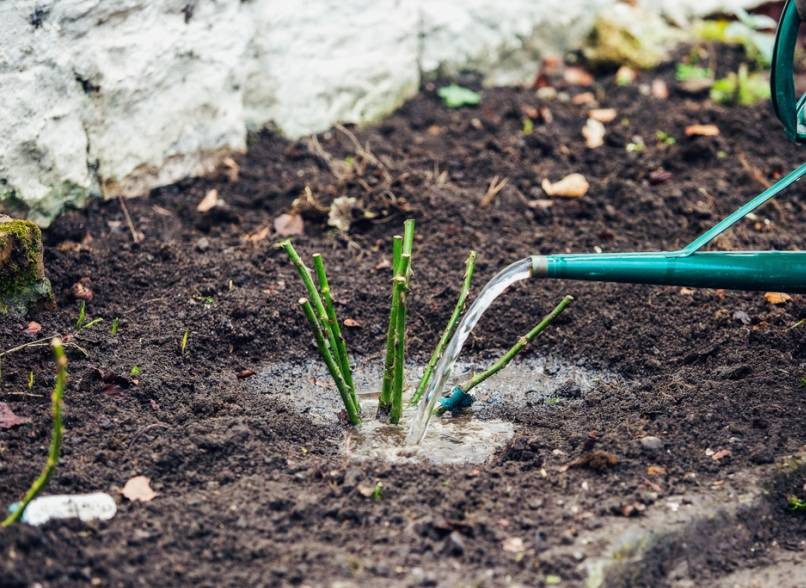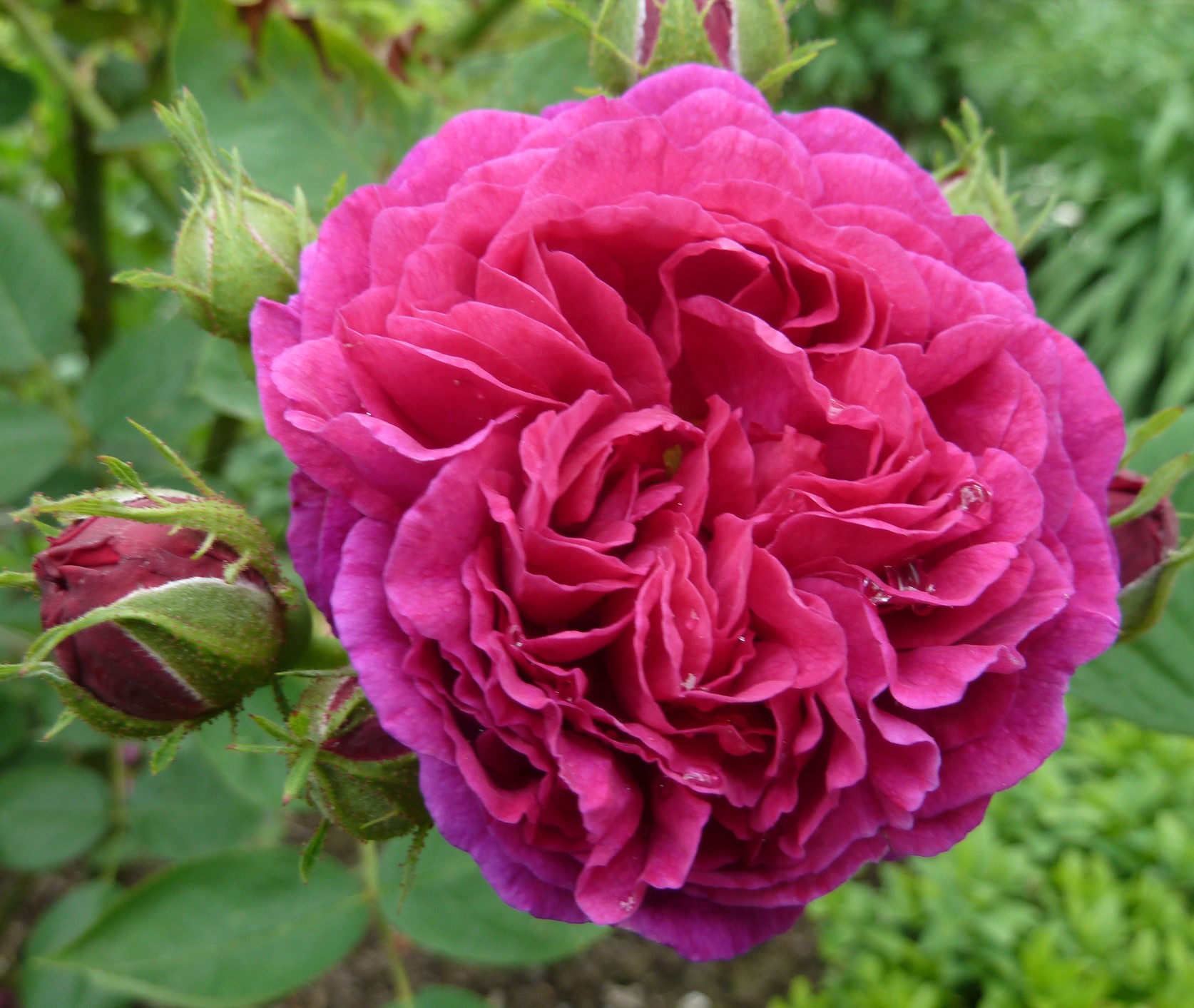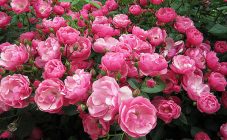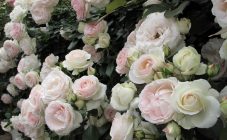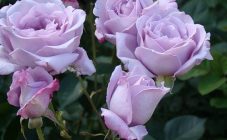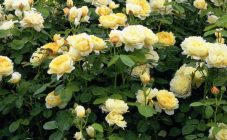Content:
The rose is very loved by plant breeders; it is grown quite often in gardens, in flower beds in parks and even at home. In addition to decorative functions, the rose is bred to obtain essential oil, which is used in cosmetics, tea is made from petals, and jam is made.
Culture information
Damascus rose has been cultivated since ancient times in the countries of the Middle East. This flower has been massively bred in Persia since the 16th century.
This plant came to Europe in 1875. Breeders assume that this flower is a hybrid of earlier varieties common in Asia and southern Europe.
Plant technical data
Damascene rose (the Latin name for the hybrid) is a perennial bush from the Rosehip squad. Used as a decorative flower. Its characteristics are as follows:
- The height of the shrub reaches 150 cm. The stems are equipped with thorns of 2 varieties: curved flat and their counterparts located on peduncles;
- The leaves are large - from 12 to 15 cm in length. Stipules have a lattice structure;
- The variety has umbellate or paniculate inflorescences. Cups with appendages in an adult plant are directed upward or to the sides;
- The color of the damask rose, depending on the variety, can be white or pinkish. The fruits look like small pears with a smooth surface.
In the southern regions of Russia, the plant tolerates winter frosts without shelter. In other areas, colder, it is better to cover the flowers with a warm cloth, otherwise they may die.
The petals are used to make jam. In Bulgaria there is a kind of Damask rose - Kazanlak hybrid. An essential oil for perfumery is made from it. Dried petals are used to make tea, drugs to stimulate the cardiovascular system.
Agricultural technology of cultivation
What kind of rose to plant on the site is up to the farmer himself. If he chose a Damascus rose, then you need to know that you cannot plant a plant in open areas, since it does not tolerate direct rays of the sun badly.
For the plant, choose a loose, loamy or chernozem soil. The bushes are planted in the spring when the soil temperature is +15 ° C. In the southern regions of Russia, this procedure can be carried out at the end of September.
For planting the selected variety, pits with a diameter of 30-60 cm are prepared.Humus and superphosphate are poured onto their bottom. The root collar is buried 4 cm, then the plants are watered, and the soil is mulched with peat or sawdust. The formation of the bush is carried out in the first year.
Hybrid care consists in timely watering (1 time per week), top dressing (3 times per season) and weeding. Flowers can get sick, therefore, for prevention, they are sprayed with drugs that eliminate fungal and bacterial lesions.
Various garden pests are exterminated using modern means that kill insects and their larvae. For the treatment of plants and the fight against garden parasites, you can use folk recipes, for example, soapy water or copper sulfate.
Advantages and disadvantages
All varieties of Damask rose have the following advantages:
- they have large (up to 7 cm in diameter) flowers;
- they exude a pleasant, delicate aroma;
- roses are used to create cosmetics and medicines, in cooking.
Disadvantages of various varieties of this plant:
- do not tolerate a long stay in the shade and in the sun;
- require fertile soil for planting;
- often die from a sharp drop in temperature;
- roses are susceptible to various fungal diseases.
To grow flowers on his site, a novice gardener must follow all the recommendations of specialists. Then he will get healthy, exuding a pleasant aroma of Damask rose bushes, the care of which is quite simple.


